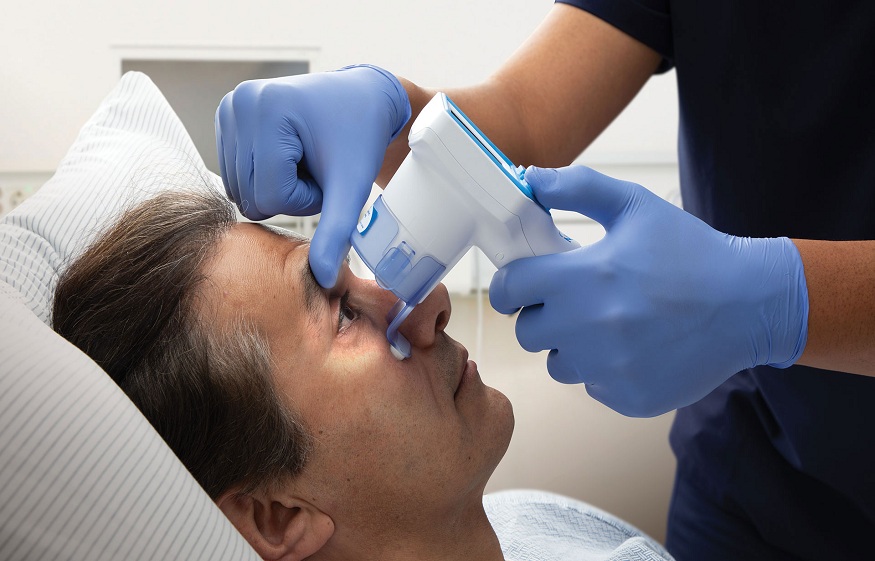The human eye is not just the window to the soul but it can be a lifeline when it comes to detecting certain health conditions in the body. The eye contains the pupil, which is a very critical body part in pupilometry. This is an important branch of medicine that is used to gain valuable insights with the use of pupil diameter measurement.
The pupil is an important element in controlling the amount of light that enters the eyes. It can adjust its size in the presence of various stimuli to provide medical experts with valuable information about different health conditions. Pupil size can be used to analyze human emotional states, drug effects, and neurological conditions.
A background on the importance of pupil size
Medical experts rely on pupil size as a part of the evaluation of pupillary reaction for deep insights into certain conditions. The pupil size is the dark central part of the eyes. This is the opening that allows light into the eyes. The iris muscles of the eyes help to control this important part of the body. The measurement of pupil size is made possible due to its tendency to constrict or dilate in the presence of light. But in pupil evaluation processes, this factor isn’t only useful to measure the intensity of light; the size of the pupil can also be used to understand the states of the different activities related to the autonomic nervous system.
How pupil size measurement is used as an essential health indicator
There is a clear connection between the health and the size of the pupil. Many healthcare researchers and experts rely on this connection to investigate human health and make decisions on appropriate treatment plans. As a medical expert, you can measure pupil size to understand the health condition of the test patient. This important indicator is used to tell different health conditions such as:
Neurological conditions:
With the help of a pupillometer, a medical expert can tell if a patient is suffering from a neurological disorder. This special pupil evaluation can be used to test for the presence of neurological diseases or brain injuries. These are conditions that are detected due to abnormal reactions of the pupil. There are several pupil responses that can be used to indicate the presence of medical problems. This could be:
- Non-reactive pupils
- Sluggish pupils
- Unequal pupil sizes
The influence of drugs:
Different types of drugs whether illicit or legal tend to affect the size of the pupils. For example, when you take opioids, it works to constrict the pupils. But if you take certain stimulants such as amphetamines, it could dilate the pupils. This is why it is important to monitor the size of the pupils which can assess intoxication levels or help with drug screening.
Detecting the psychological and emotional states:
One more element that can affect the size of your pupil is human emotions. When humans feel strong emotions such as arousal, excitement, or fear that can help dilate the pupils. However, negative emotions can cause a constriction of the pupils. Researchers are constantly exploring how the size of the pupil can help with understanding emotional responses as well as mental health conditions.
The process of measuring the size of the pupil
The size of the pupil when measured appropriately can be used to analyze human health conditions. Several methods can be used for this procedure. These include:
Pupilometry:
Pupilometry is a process whereby specialized tools such as the pupillometer are used as an accurate measurement of pupil size. A pupillometer is a neurological tool that is used extensively for pupil diameter measurement. This is a specialized tool that is used in a controlled environment to detect any possible changes in the diameter of the pupils. The tool is relied on when it comes to retrieving precise data for research purposes and medical assessments.
Observational methods:
In clinical environments, the size of the pupil can be observed under different lighting conditions or as a response to any other stimuli. Medical experts rely on the reaction or response of the pupils to detect the presence of potential health problems. But then again, this method is not fully reliable as it does not have the laser-like precision of an actual neurological tool.

